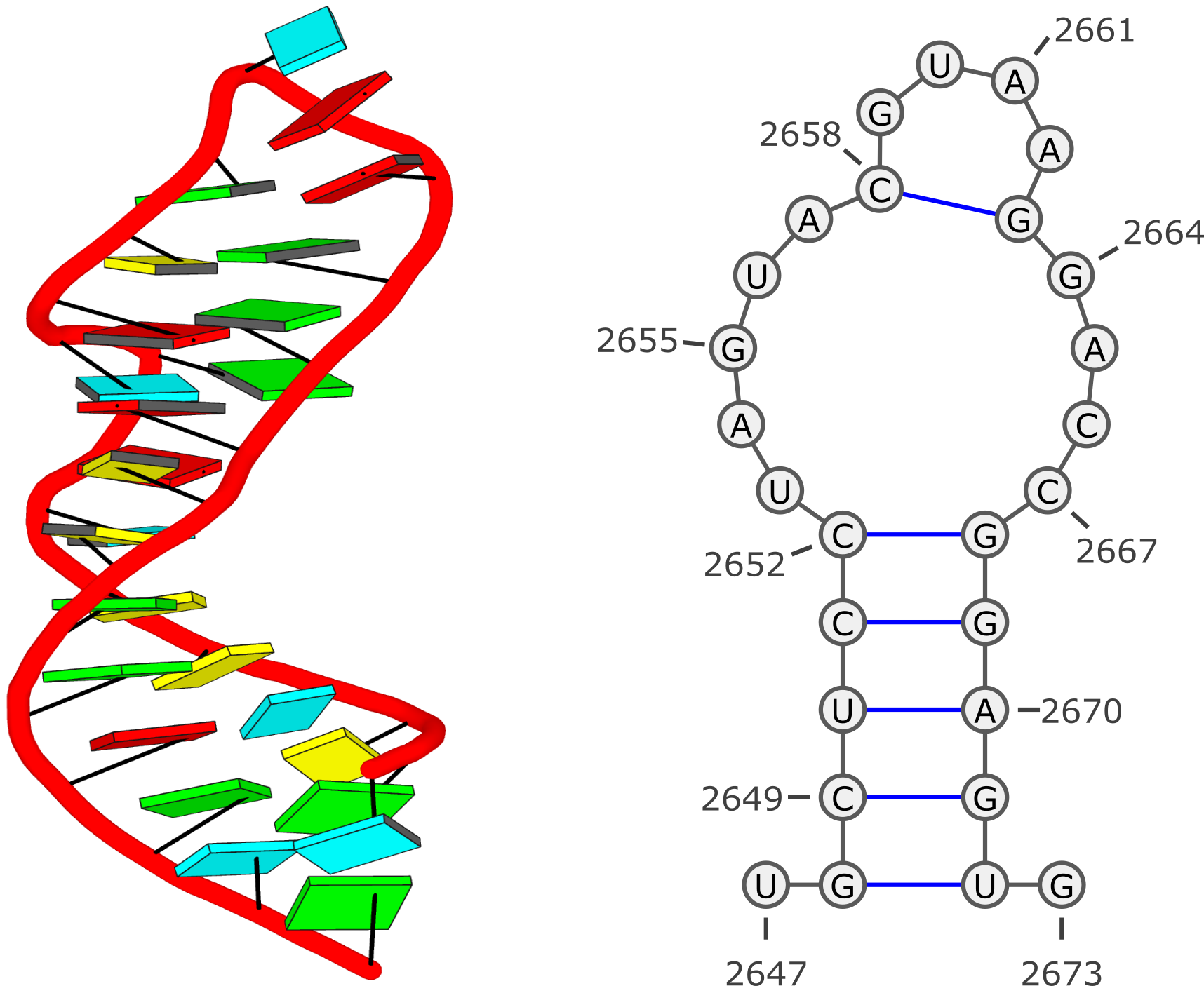1
RNA structures (DSSR) / Re: Wrong junctions
« on: September 17, 2019, 04:05:43 pm »
Hi Xiang-jun,
Even with --nested option, some RNAs still share the same helix. They are 3j7r, 5mrc, 5mre, 5mrf, 6ost.
Best,
Jun
Even with --nested option, some RNAs still share the same helix. They are 3j7r, 5mrc, 5mre, 5mrf, 6ost.
Best,
Jun


